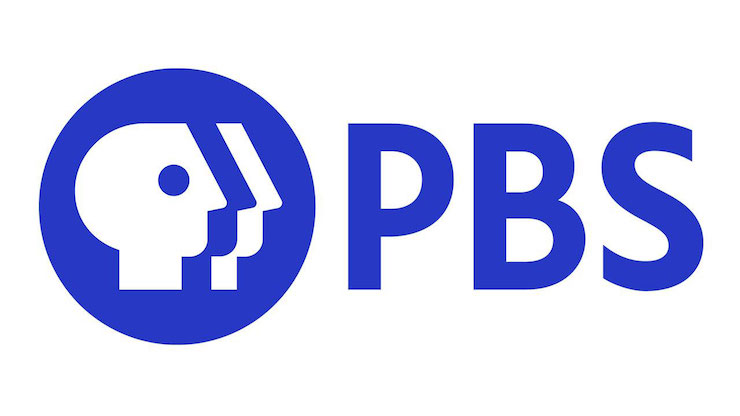
For more than 50 years, the Public Broadcasting Service (PBS) has been airing educational based programs for American viewers. Headquartered out of Arlington, Virginia, PBS is famous for shows like America’s Test Kitchen, Antiques Roadshow, and many beloved children’s shows like Barney & Friends, Reading Rainbow, and The Magic School Bus. In 1982, PBS introduced a new program called Nature, an hour long, weekly show featuring documentaries of animals and ecosystems around the world.
Nature was a huge success for PBS. Over the course of 38 seasons and 591 episodes, Nature has been nominated for 22 Emmys, winning 8 of the coveted awards, including the prestigious Peabody Award for the 2007 episode Silence of the Bees. When PBS first introduced Nature, Fred Kaufman was on board as a production assistant. For the last 30 years, he has served as the show’s executive producer. Fred says that the secrete to Nature’s longevity is the novel ways in which footage is filmed.
Over the last few years, nature photographers and videographers have had access to technology that can bring them closer to than ever before to other subjects. Drones have made it possible for programs like Nature to deliver fully immersive experiences. “Years ago, if you wanted to get an aerial, you had to hire a helicopter at 400 bucks an hour and pay for the fuel and an operator and just pray that you can get everything you want in an hour,” Fred said. “That was like a big deal. Now you put up a drone, one person flies a drone: rocksteady shot. It really allows you to see a landscape, gives you a new perspective on animals and places.”
Whether it’s filming herds of Bighorn sheep in the Colorado Rockies, African elephants in the Savannah, polar bears on arctic ice floes, or the elusive snub-nosed monkeys living in the forests of Yunnan, China, drones have become indispensable for filmmakers. Many of the places PBS explores are not safe for large film crews. Added to that is the fact that a rule of nature filming is to not disturb the creatures you are observing. Drones have cameras that can stealthily film creatures, observing their natural behaviors, without the animal’s knowledge. With HD cameras, image quality is not compromised when using drones.
Filming with drones, Fred explains, allows PBS to produce nature programs unlike others, representing an animal’s point of view. “You’re showing it from the photographer’s perspective, but can we shift and make it from the animal’s perspective? And so, it’s…kind of calibrating your thinking and script because it represents the animal’s point of view,” he said. “What do they need? What are the resources for a healthy environment? How does farming and climate change impact them? So that’s kind of what we go to when we’re thinking about a topic and when we’re reviewing the film. Are we being a voice for the natural world?”
As Nature approaches its 40th anniversary on air, Fred is excited to share more mysteries of the world with PBS viewers. Progressing technology like drones will enable PBS to continue providing new and exciting nature experiences. With the combination of drones and viral social media, Fred says that Nature is now connecting with more people than ever. This connection fosters PBS’s original ethos, to educate people about the world around them.
|